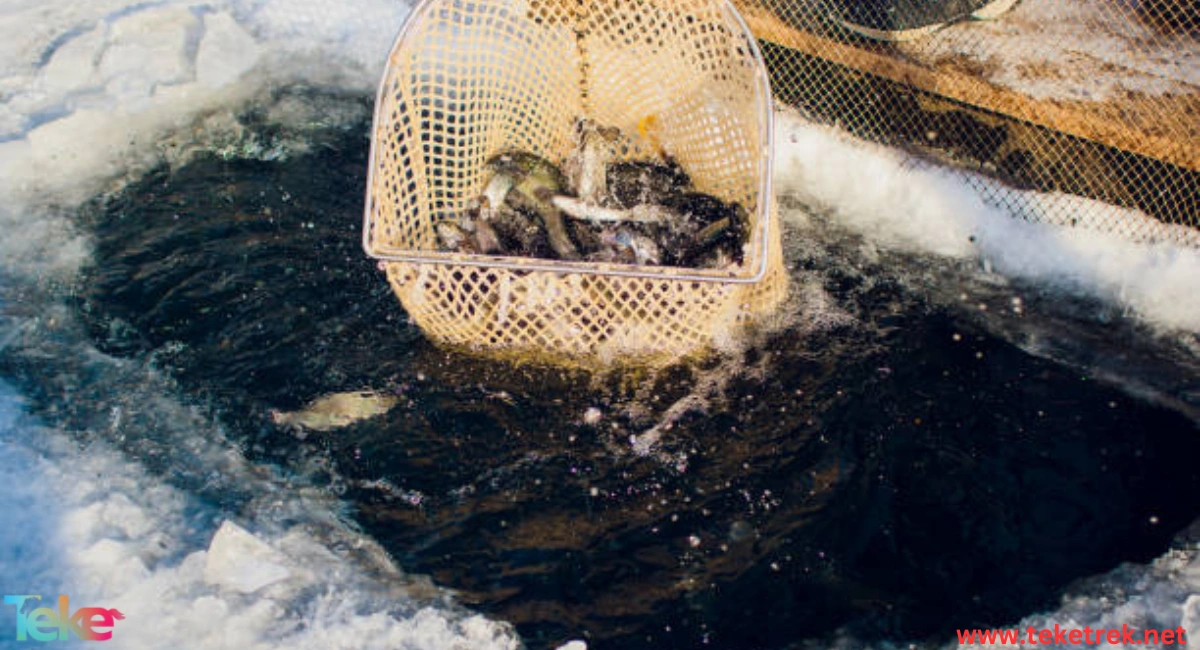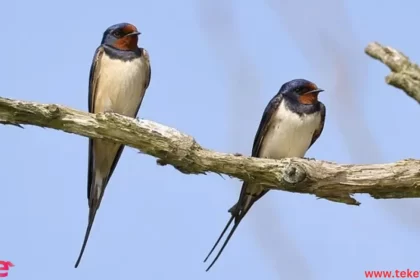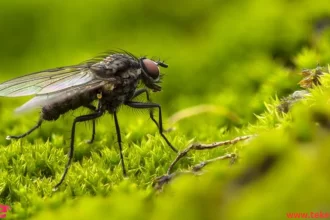Protecting fish in home ponds during the winter is one of the necessities that breeders work on to protect the fish and ensure their health and safety, due to their need for a stable and warm environment during the cold season, as low temperatures can lead to major health risks, which leads to their exposure to environmental pressures. Consequently, her immunity is weakened and her risk of disease increases.
During their life in ponds, fish need a warm and stable atmosphere with the availability of appropriate nutrients to continue their lives and their usual daily activities. Any defect in these simple conditions directly affects their lives, so breeders provide them with the appropriate atmosphere to ensure their health and safety.
Therefore, all necessary steps must be taken to protect fish from cold attacks during the cold season by all possible means. Therefore, through this article, we will explain the effect of winter on these small creatures and show the appropriate steps to protect them, while mentioning the appropriate tools for that. So stay with us and learn the correct way to protect fish. During the cold winter, let’s get started.
Understanding the impact protecting fish in home ponds during the winter
It is necessary to know how winter affects pond fish before starting the process of protecting them from it, as the decrease in water temperature leads to a slowdown in their metabolism, which reduces their activity and need for food, thus causing them to become lethargic, which greatly affects the health and safety of these small creatures, so They must be provided with a comfortable environment to ensure that they remain healthy throughout the cold winter.
Freezing water is also considered one of the biggest risks that affect it, as ice prevents fish from reaching the surface to breathe and also reduces oxygen levels in the water, so all necessary steps must be taken, which include installing a heater or installing an air pump to maintain the flow of water and prevent ice formation. This, in turn, works to create a healthy and stable environment that helps maintain the health and safety of fish during the harsh winter.
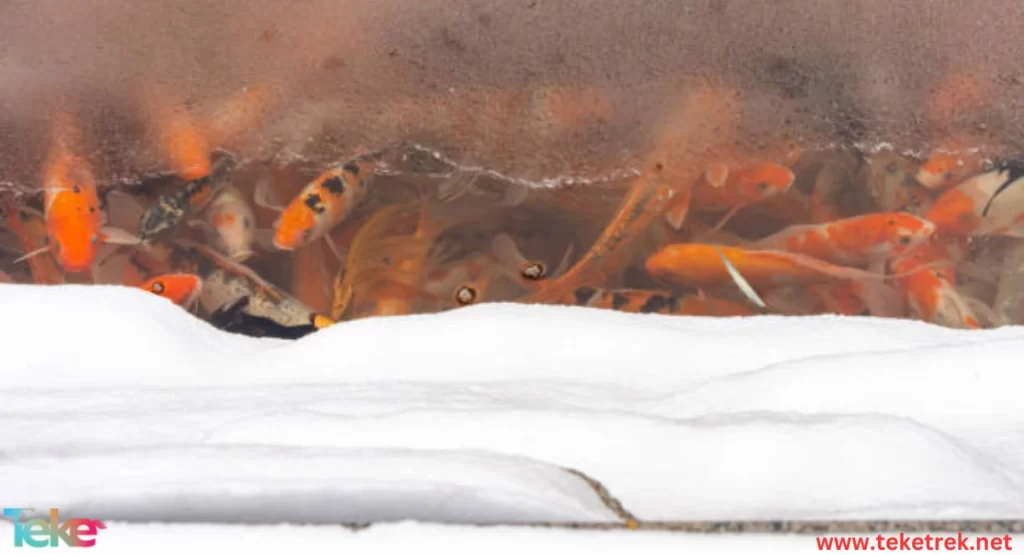
Steps to protect fish in home ponds during the winter:
Fish breeders protect fish in home ponds by following steps to ensure a healthy environment for them. The most prominent of these steps are the following:
The first step: Preventing the entire surface of the pond from freezing. This is done through the following:
Use their own heating devices or add anti-freeze chemicals.
Create a small opening for gas exchange.
Work to remove ice from the pond, if any.
Installing a pool heater that raises the water temperature and prevents it from freezing.
Maintaining the pond in Aquascape by periodically cleaning it, checking the quality of the water, ensuring the quality of the filter, and taking care of the aquatic plants in it.
Learn some steps to prevent the pond from freezing in the winter in the absence of electrical current. This is done by placing a pond ball inside it or making simple ripples through a stream of water that moves the surface. You can also cover the pond with a special cover and put straw on it. You can also add some Dark colored rocks sink to the bottom of the pond to absorb heat.
The second step: Improving water quality by reducing the amount of waste and leaves inside the pond, cleaning it constantly, and ensuring that there is a suitable filter to purify the water in the cold winter.
The third step: Reduce feeding by reducing the amount of food provided to the fish as the water temperature decreases, while paying attention to the necessity of using food materials designated for the winter.
Step Four: Providing suitable shelter for fish by adding caves or protected areas inside them and planting some natural plants that provide cover and natural protection for them.
https://teketrek.net/facts-you-didnt-know-about-the-wombat/
Useful tools for winter fish pond care:
There are some tools that help provide protection for fish by providing a stable and safe environment for them. These tools are as follows:
Temperature measuring devices that help in constantly monitoring the water temperature. This allows the breeder to take the necessary steps in the event that the water temperature drops significantly.
Installing oxygen pumps and generators that improve the distribution of oxygen in the water and prevent surface freezing by maintaining stable water movement.
Placing insulating covers for ponds provides additional protection from freezing by isolating the surface of the pond from cold air, which contributes to maintaining the water temperature.
https://teketrek.net/labrador-retrievers-the-ultimate-family-companion-and-adventure-buddy/
Common mistakes to avoid to protect fish
There are some mistakes that fish breeders make that directly affect the health and safety of fish and can threaten their lives, so we will mention them one by one and make sure to avoid making such mistakes, and they are as follows:
Allowing the pond to freeze completely. The pond must be prevented from freezing by using all available means that work to raise the water temperature while continuing to move the water to maintain oxygen levels inside it.
Overfeeding fish, as excessive feeding leads to water pollution and the accumulation of waste, which affects the health and safety of fish.
Using some chemicals without consulting a specialist, as chemicals added to the water to prevent freezing or to clean it may threaten the health and safety of fish, so a specialist must be consulted when carrying out such work.
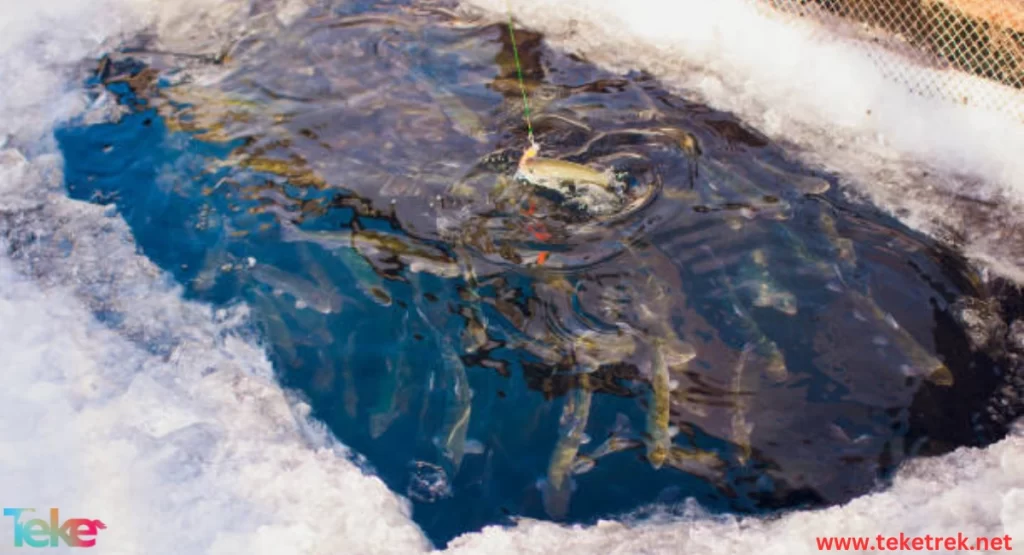
FAQ:
Should I cover my fish pond in winter?
Yes, because the cover creates a barrier between the water and the cold air and thus helps in preventing the water from freezing.
Can fish live in a pond in winter?
Yes, you can, but you must ensure that the appropriate environment is provided for it, in addition to preventing the water from freezing in the cold season.
Should I stop my fish pond pump in winter?
It is considered a mistake to stop the fish pond pump during the winter because it works to provide the pond with the oxygen necessary for the fish to live in addition to moving the water surface to prevent it from freezing.
How do I bring pond fish inside for the winter?
This is done by providing it with suitable shelter indoors and transporting it through a soft net that prevents it from being harmed, in addition to providing all appropriate conditions to ensure its survival.
What fish can survive in a pond in winter?
There are some types of fish that can live in ponds during the winter, the most famous of which are goldfish and tilapia.
How deep does a pond need to be for fish to survive the winter?
The depth depends on the type of fish that lives in the pond, but an average depth of 1.2-1.5 is considered the appropriate depth for it.
In conclusion, we find that protecting fish in home ponds during the winter requires finding a balance between providing the appropriate environment and reducing sudden changes by adhering to the appropriate depth of the pond and placing devices that work to provide protection and a comfortable environment for the fish to ensure their survival throughout the winter period, with the need to monitor Fish regularly and refer to specialists if any problem arises.

